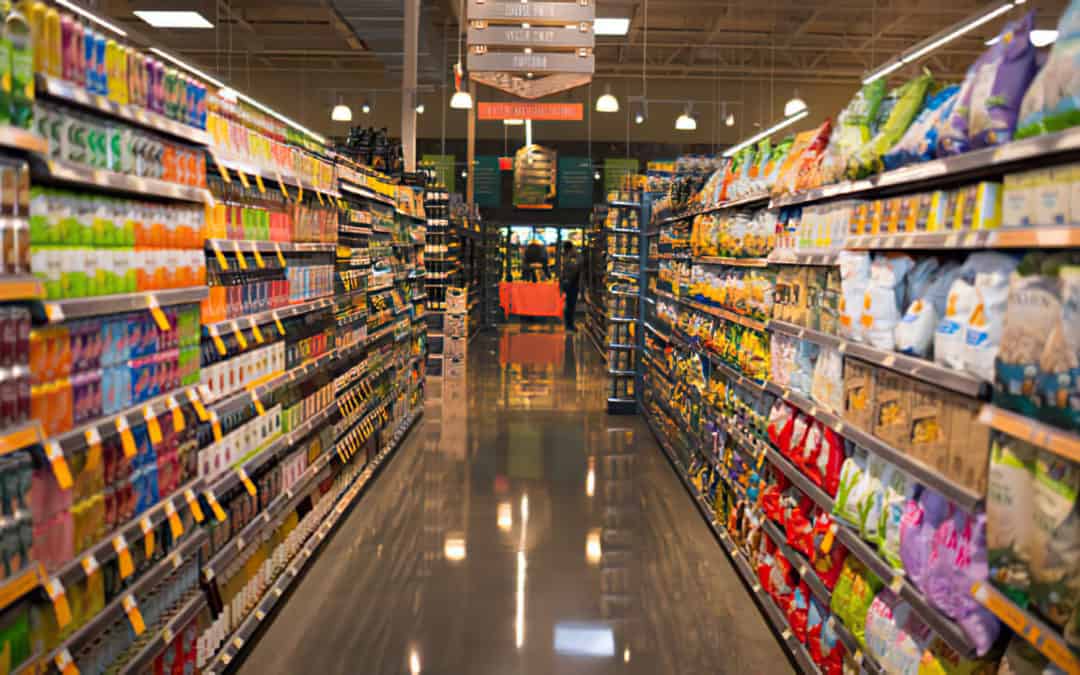Online grocery sales achieving 10.2% of all USA grocery sales (Supermarket News) has, and will continue to be, fueled by two competing online distribution models; Centralized Online and In-store Online. Given the competing nature of both online models and their collective contribution to the growth of online sales, it’s vital that brands now think of the traditional brick-and-mortar presence as a combined in-store/online strategic play. For emerging CPG brands, participating in the growth of In-store Online sales still requires an in-store, brick-and-mortar product presence.
The oft-thought of “Centralized Online” model is based on distribution center(s) shipping product to end-consumers across wide geographic areas. This model is comprised of Amazon Fulfillment Centers, retailer-specific distribution centers, and/or a brand’s very own warehouse if they ship direct.
The “In-store Online” model is the online purchase (pickup or delivery) of a product that is found at the local store. This model requires the retailer to carry the product at the store and offer it online to the local community with a pickup and/or delivery option. In-store online is provided by 3rd party services, such as Instacart, and/or the retailer itself.
Both models have pros/cons unique to each brand that should be considered when strategizing how to prioritize resources and leverage online sales to grow. In fact, brands should evaluate a retailer’s In-store Online capabilities when evaluating that retailer’s growth potential for their products.
Hybrid models exist and will continue to evolve. Some retailers (ex. Kroger, Target) have combined the Centralized and In-store Online shopping experience into one website. And the recent introduction of dark stores, such as Whole Foods Market’s Industry City store in Brooklyn, that provide local pickup/delivery with no in-store shopping experience are likely to change the landscape even further.
The growth potential for the Centralized and In-store Online distribution models is enormous, and with USA grocery sales of $1T, both have plenty of room to succeed. Even Amazon is betting on both online distribution models, having opened 12 Whole Foods Market stores since June 29, 2020. Given this context, emerging brands should evaluate their brick-and-mortar strategy as truly being an in-store/online play.


Recent Comments